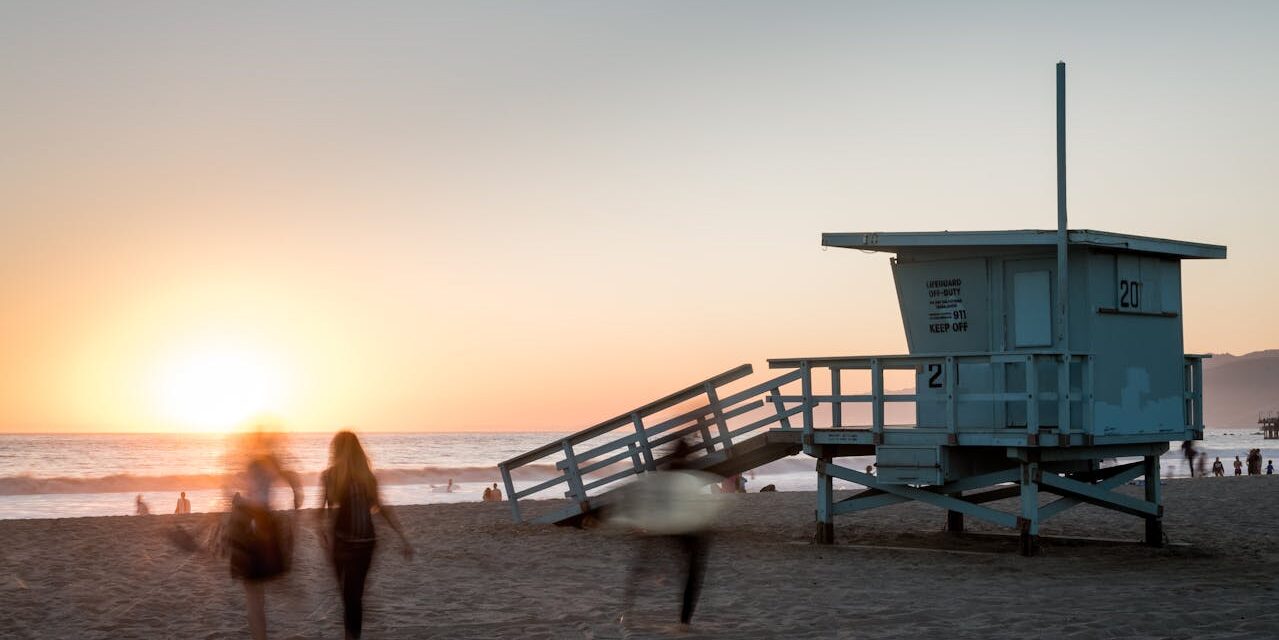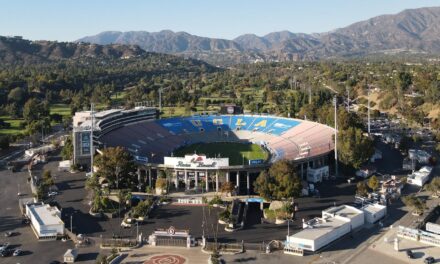As a NorCal local, I have witnessed Santa Cruz evolve yet steadfastly hold on to its eclectic charm.
Let’s paddle through the tides of its past, exploring the colorful tableau of a city known for its vibrant beach culture and historic landmarks.
Table of Contents
The Indigenous and Mission Era
Long before the thrum of surfboards against the Pacific, the land was home to the Ohlone people.
These indigenous tribes thrived on the bounty of the sea and the forest. However, the arrival of the Spanish in the 18th century marked a seismic shift.
The Mission Santa Cruz: A Spanish Footprint
Erected in 1791, Mission Santa Cruz was the twelfth mission established in California.
As a kid, field trips here felt like time travel—gazing at the intricate altar, I could almost hear the echoes of Gregorian chants mixing with the coastal breeze.
The 1800s: A Flourishing Town Emerges
Post-Mexican Independence, Santa Cruz began to take shape as a bustling town.
Lumber, lime processing, and fishing were the economic heartbeat. I’ve sifted through countless black-and-white photos of old Santa Cruz wharves, each telling a story of a hardworking community against the rugged coastline.
The Birth of the Boardwalk: California’s Seaside Playground
In 1907, the Santa Cruz Beach Boardwalk took its first breaths.
Today, its Giant Dipper roller coaster still roars, a testament to the enduring quest for seaside fun. My childhood summers were defined by cotton candy fingers and dizzying rides under the sun-painted skies.
The 20th Century: War and Peace
World Wars cast a shadow over the globe, and Santa Cruz was no exception.
Yet, post-war, the city bloomed anew, embracing a surf culture that’s now synonymous with its name.
My teenage years were spent waxing surfboards alongside my Dad and brothers and chasing the perfect wave, myself often on a boogie bodyboard, a ritual born during those rebounding decades.
The Counterculture Movement: Santa Cruz’s Soul Unfurls
The ’60s and ’70s saw Santa Cruz as a haven for the counterculture movement.
It was during this era that the city’s open-minded spirit cemented. Organic food co-ops and music festivals sprouted up, some of which remain beloved fixtures.
Silicon Valley’s Neighbor: A Tech Influence
As Silicon Valley boomed, Santa Cruz grappled with growth and its identity.
I’ve seen the city adapt, accommodating tech-driven prosperity while striving to preserve its unique cultural landscape.
The Loma Prieta Earthquake: Resilience Redefined
The 1989 Loma Prieta earthquake rattled Santa Cruz to its core, collapsing structures and shaking its community. I’ve heard of their collective resolve to rebuild, which resurrected the downtown into the vibrant hub it is today.
Santa Cruz Today: Old and New
Modern Santa Cruz is a cocktail of surf, science, and sustainability. Each visit downtown, with its local boutiques and buzzing cafes, is a testament to the city’s ever-adaptable nature.
Q&A: Santa Cruz’s Iconic Surf Culture
Q: Why is surf culture integral to Santa Cruz’s identity?
A: Santa Cruz isn’t just a city with a beach—it’s a place where the surf is the pulse. Home to one of the first surf shops and the first museum dedicated to surfing, it’s shaped local culture and the global surf scene. I’ve spent countless mornings watching the sunrise, feeling a connection to something larger than myself.
Q: How have you experienced the surf culture in Santa Cruz?
A: Surfing here is a rite of passage. As a grommet, I learned to read the ocean’s moods at Cowell’s Beach, Manresa Sate Beach, and the Hook. It’s a community that celebrates each other’s rides and respects the ocean’s power—a camaraderie forged on the waves.
In conclusion, Santa Cruz has weathered the sands of time, embodying resilience and reinvention. It remains a sanctuary for free spirits, a historical mosaic where each stone tells a story of past and present.
As we stand on the cusp of the future, what waves of change will Santa Cruz ride next? Will its spirit of innovation and independence continue to define its shores?





